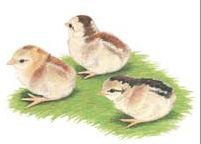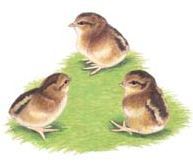- Mar 5, 2011
- 1,477
- 61
- 160
Try this one http://kippenjungle.nl/kruising.htmlI knew I wouldn't have any lavender ones in the first cross, just lavender carriers. That's disappointing about the silver hackle though.I wish I could find a good source online for information about chicken color genetics.






